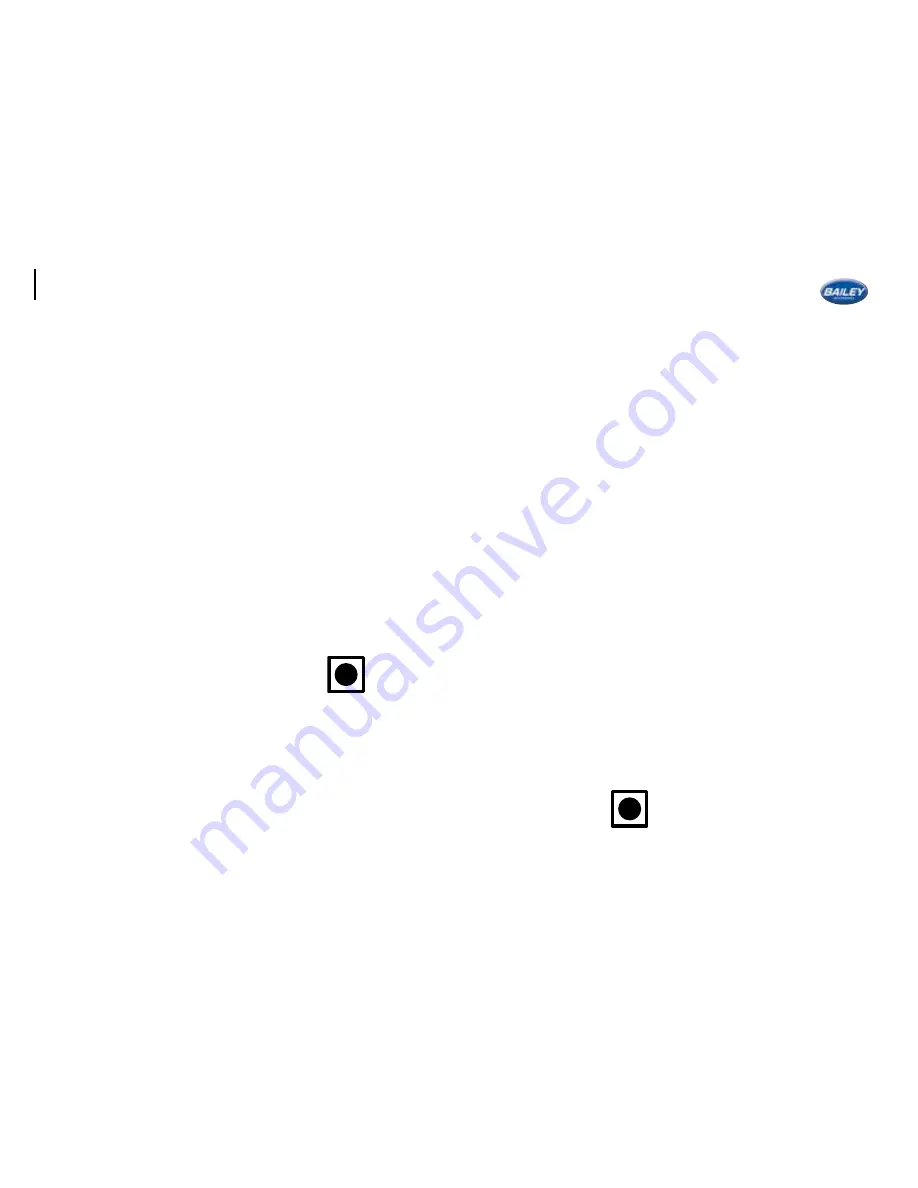
28
SAFETY EQUIPMENT
when the unit is not in alarm).
Try the following:
• Inspect for obvious damage.
• Check that the unit contains recommended
battery type.
• Check that the battery cover has been
removed.
• Check that the battery is properly connected.
• Gently vacuum as recommended above.
• Replace battery.
If these procedures do not correct the problem,
do NOT attempt repairs; replace the smoke
alarm.
Carbon Monoxide Alarm
A FireAngel CO-9B battery operated alarm is
fitted near to the ceiling in your caravan.
Features
• An advanced electrochemical sensor
designed to accurately measure low levels
of carbon monoxide (CO) providing an early
warning of toxic CO levels in your caravan.
• Detects carbon monoxide continuously.
• Resistant to false alarms caused by usual
household contaminants.
• Sounds a large 85dB alarm (at 1 metre (3
feet)) to alert you in case of an emergency.
• Simple to mount, portable, ideal for
travelling.
• Conforms to the British standards Institute
(CSi) Carbon Monoxide Standard BS EN
50291: 2001.
• 7 Year Warranty.
• Test/Reset button feature.
• Test the sounder, batteries and circuitry.
• Allows you to test the sensor by introducing
a source of CO into the detector.
• Silence the loud 85dB sounder during an
alarm (only possible when current CO level
is less than 50ppm).
• Testing the sounder batteries and circuitry.
• Test the sounder, batteries and circuitry by
pressing and holding the Test/Reset button
for 1 second to confirm that the detector
is operating properly. The sounder should
sound as soon as the button is pressed, and
the alarm LED will illuminate red, indicating
that the sounder is working and the batteries
are providing power to the unit. The test for
the sounder, batteries and circuitry should
be performed weekly.
Testing the Sensor.
• All sensor testing should be carried out by a
responsible adult. This test should only be
performed once a month. Excessive testing
will cause the battery life to be shortened.
CO testers may be used in order to
avoid having to burn cigarettes, incense
sticks etc.
Please read all steps thoroughly before
attempting to test your alarm.
• If the alarm is wall mounted, remove by
unhooking the unit from the wall fixing
screws.
• Cover the sounder vents with one hand
and hold the Test/Reset button down with
your thumb/finger until the power LED
illuminates green and the sounder sounds
for a second time. (This should happen
after 5 seconds.) Release the Test/Reset
button and the power LED will flash green
once every second. This indicates that the
sampling rate of the detector has increased
and can be tested using a known source of
CO.
• Light an incense stick or a cigarette using a
match or a lighter. If using an incense stick,
be sure to blow the flame out so that the
incense stick is smouldering. Extinguish the
lighter, or put out the match and place it into
a dish of water.
• Turn the detector on its side so that the
vents on the right hand side of the detector
are pointing downwards. Hold the burning
incense stick or cigarette around 15cm (6
inches) below the detector. An increase in
the localised CO level within the sensor to
more than 50ppm (parts per million, the
accepted level of CO in the air) will cause
the sounder to sound for one cycle of four
loud beeps. The power LED will no longer
flash green every second but will revert to
flashing once a minute. The detector will
revert to the ordinary operating mode (it
may take up to 2 minutes for the localised
level of CO to reach over 50ppm). Now move
the source of CO away from the detector as
the test is finished.
• Put out the incense stick or cigarette by
placing it into a dish of water. Ensure all
flames have been extinguished.
i
If the localised CO level within the
sensor does not reach 50ppm during
the test, the sensor test will stop
automatically after 3 minutes.
i
Summary of Contents for Approach Advance
Page 1: ...Owner s Manual...
Page 2: ......
Page 36: ...33 5 CONNECTION OF SERVICES The Water System CONNECTION OF SERVICES The Water System...
Page 45: ......
Page 98: ......
Page 107: ...1 0 4 NOTES...
Page 108: ...1 0 5 10 Notes NOTES...
Page 109: ...1 0 6 NOTES...
Page 110: ...1 0 7 10 Notes NOTES...









































